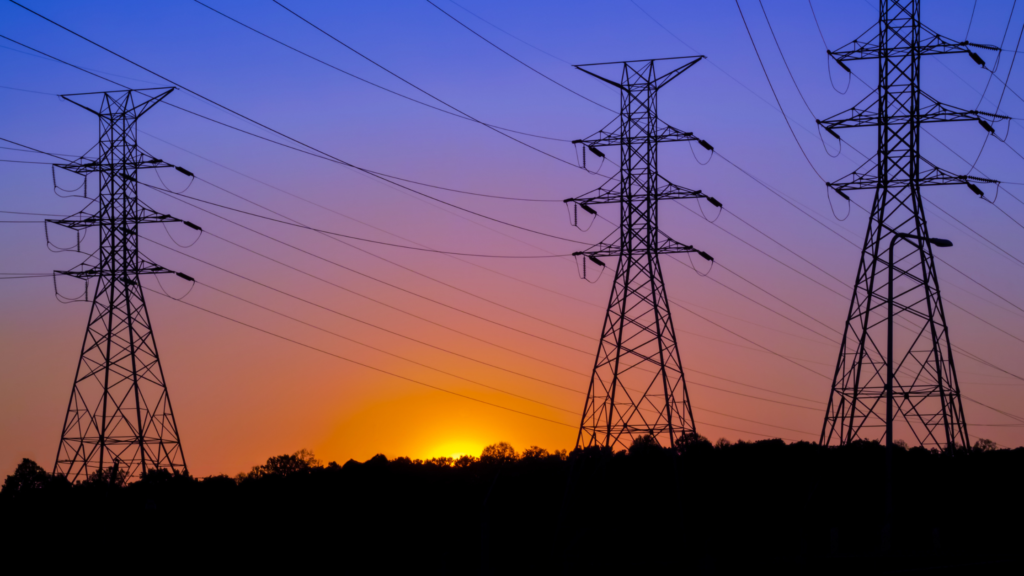
According to the International Energy Agency (IEA), power consumption in technology has increased by almost 10% annually from 2017 to today. By 2030, technology will account for 10% of global energy consumption. As the world leans green, energy production has become less predictable. Forward-thinking businesses need to prepare now for power grid instability.
Power grid instability is a growing concern for businesses and organizations of all sizes. As the demand for electricity continues to increase, the power grid is becoming increasingly stressed. This can lead to power outages, brownouts, and other disruptions to the power supply.
For tech decision makers, power grid instability poses a significant risk. Power outages can lead to data loss, corruption, and equipment damage. They can also disrupt business operations and cause financial losses.
There are a number of things that tech decision makers can do to prepare tech stacks for power grid instability and avoid interruptions of service. These include:
1. Conduct a risk assessment
The first step is to conduct a risk assessment to identify the areas of your tech stack that are most vulnerable to power disruptions. This assessment should include the following factors:
- The criticality of the systems and applications
- The impact of a power outage on these systems and applications
- The likelihood of a power outage occurring
Once you have identified the most vulnerable areas of your tech stack, you can develop a plan to mitigate the risks.
2. Implement redundant power systems
One of the most effective ways to mitigate the risk of power disruptions is to implement redundant power systems. This means having multiple power sources for your critical systems and applications. For example, you could have a generator on-site or a connection to the power grid from two different providers.
3. Invest in uninterruptible power supplies (UPSs)
UPSs are devices that provide backup power to your systems and applications in the event of a power outage. UPSs can also help to filter out power spikes and surges, which can damage electronic equipment.
4. Use cloud-based services
Cloud-based services can help to reduce your reliance on on-premises infrastructure, which can be more vulnerable to power disruptions. For example, you could use cloud-based storage for your data and cloud-based applications for your business processes.
5. Develop a disaster recovery plan
In the event of a power outage, it is important to have a disaster recovery plan in place. This plan should outline the steps that you will take to restore your systems and applications as quickly as possible.
Prepare Now
Power grid instability is a growing concern for tech decision makers. By taking the steps outlined above, you can mitigate the risks and help to ensure that your business remains operational even in the event of a power disruption. The time to prepare for power grid instability is now—before an event. PKA can help you conduct needs assessments, plan ahead, and mitigate risks. Reach out to us today to schedule a conversation. We can help you prepare your tech stack and keep your business moving forward.






